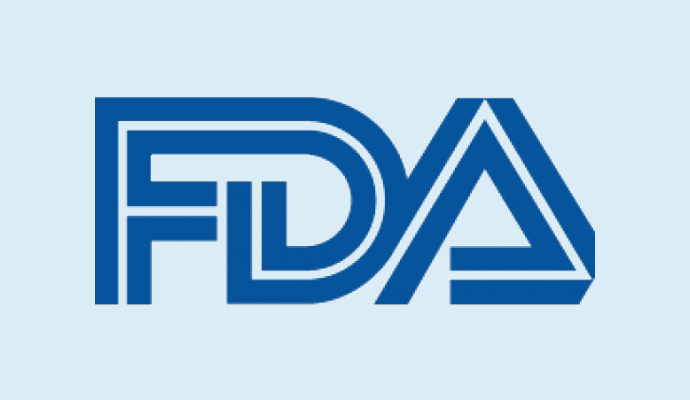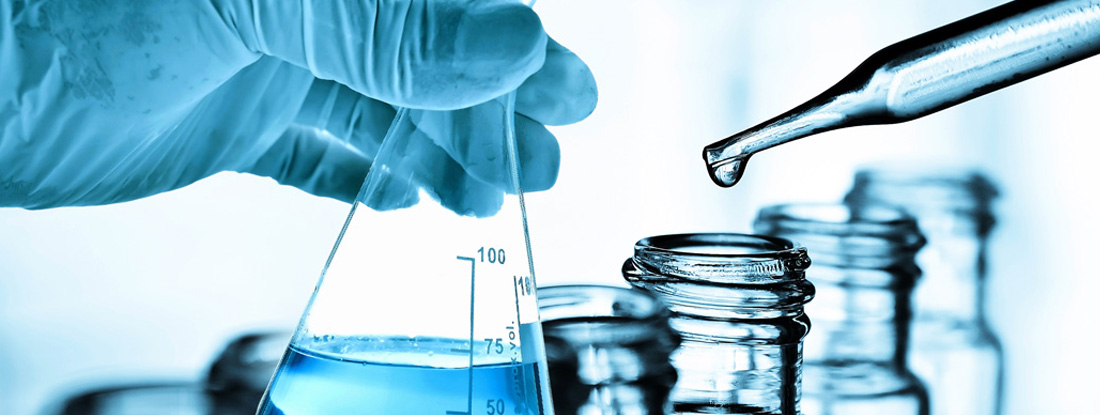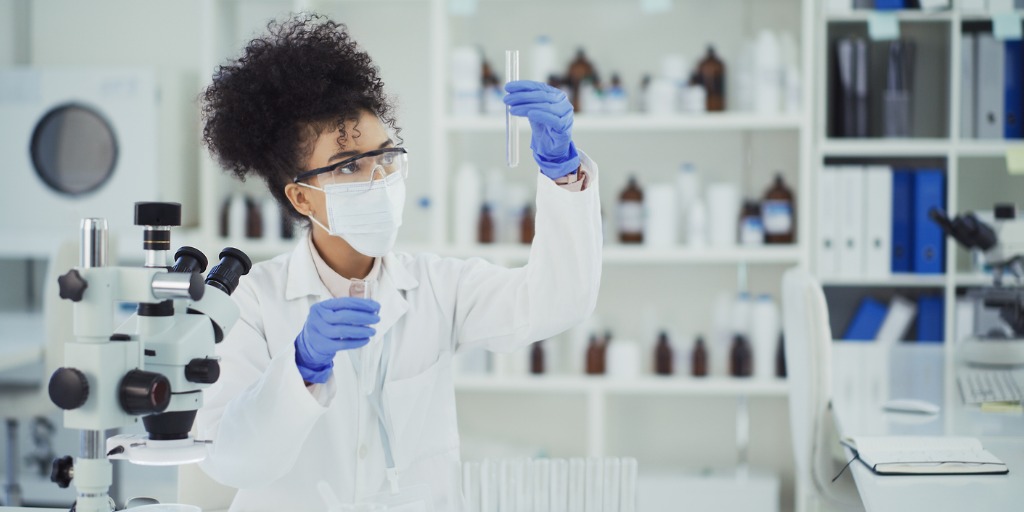The article provides an overview of the regulatory requirements for medical devices used to improve glycemic control.

The document constitutes a draft guidance the authority has published in order to collect feedback from industry representatives and other parties involved regarding the regulatory approach suggested. Thus, the provisions described in the present draft guidance could be subject to changes due to new information becoming available to the authority.
The Agency will accept comments within two months from the date the document has been initially published. Once finalized, the document will provide additional recommendations and clarifications on the matter.
Due to their legal nature, guidance documents do not introduce any requirements themselves. The approach described therein should be taken into consideration by the medical device manufacturers or other parties engaged in operations with medical devices in the context of achieving and sustaining compliance with the applicable regulatory requirements set forth by the current legislation. Additionally, the Agency states that an alternative approach could be applied, provided such an approach has been approved by the authority in advance.
Thus, the present FDA guidance provides suggested recommendations for the design of feasibility and early feasibility clinical studies for certain medical devices. These recommendations are mostly based on existing clinical practice guidelines.
The Food and Drug Administration (FDA or the Agency), the US regulating authority in the sphere of healthcare products, has published a guidance document dedicated to clinical studies for certain medical devices intended to therapeutically improve glycemic control in patients with Type 2 Diabetes Mellitus. The document provides additional clarifications regarding the applicable regulatory requirements, as well as recommendations to be taken into consideration by medical device manufacturers and other parties involved to ensure compliance thereto. At the same time, the authority explicitly states that provisions of the guidance are non-binding in their legal nature, nor are intended to introduce new rules or impose new requirements. Moreover, an alternative approach could be applied, provided such an approach is in line with the respective legislation and has been agreed with the authority in advance.
The scope of the guidance covers the aspects related to the feasibility and early feasibility of clinical studies for certain medical devices intended to therapeutically improve glycemic control in patients with Type 2 Diabetes Mellitus (T2DM). It is further explained that the products covered by the scope of the guidance are intended to reduce glycated hemoglobin (HbA1c) irrespectively of the medicines used.
Regulatory Background
According to the guidance, due to the wide spreading of T2DM, there are numerous medical devices intended to address it, including the ones used to measure or monitor glucose, and also to dose and deliver insulin; while the number of products intended to improve glycemic control is also increasing nowadays. The authority confirms the increasing number of requests from medical device manufacturers involved in the development of such devices seeking additional assistance in interpreting the applicable regulatory requirements and ensuring compliance thereto, especially in terms of feasibility and early feasibility clinical studies. Hence, the present guidance is intended to outline the current position of the authority about the matter and also provide recommendations to be followed by medical device manufacturers and other parties involved.
The authority also encourages medical device manufacturers (study sponsors) to submit a Pre-Submission before commencing a trial to receive additional feedback. In this respect, the authority refers to the guidance on the Q-Submission Program.
The medical devices covered by the scope of the guidance include, inter alia, neurostimulators, and those that mimic or result in anatomical changes similar to those made by bariatric surgical procedures, alter the anatomy and/or physiology of the small intestines, or manipulate the sympathetic nervous system. At the same time, the aspects related to clinical investigations of other medical devices, including the ones used to measure or monitor blood sugar, or deliver insulin, are falling outside the scope of the present guidance; together with the Software as a Medical Device (SaMD) products intended for the same purposes.

Clinical Study Recommendations
According to the document, a clinical study should be carried out in order to assess and evaluate the safety and effectiveness of a medical device intended to be used for the purpose described herein. Such a study should be carried out under the Investigational Device Exemptions (IDE) framework. The Agency states that medical devices intended to therapeutically reduce glycemic levels for T2DM patients are associated with significant risks. Thus, the appropriate provisions on significant risk medical device studies should be applied. Should such an investigation take place in the US, it should also meet the requirements set forth under the current legislation in terms of institutional review boards and informed consent. However, clinical data deriving from clinical studies carried out abroad could be acceptable, provided it complies with the applicable regulatory requirements.
The present draft guidance highlights the most important aspects related to early feasibility studies, including the following:
1. Study objectives. As stated by the FDA, an early feasibility study is intended to evaluate the device design concept with respect to initial clinical safety and device functionality in a small number of subjects (generally fewer than ten initial subjects) when this information cannot be provided practically through additional nonclinical assessments or if appropriate nonclinical tests are unavailable. For instance, such an approach could be applied in the case of medical devices based on novel technologies. A party responsible for a clinical study (a sponsor) should take into consideration the provisions of this guidance when developing a study design. In general, a feasibility study is intended to collect initial safety and effectiveness data which would later be used as a basis for a clinical investigation. The Agency encourages sponsors to pay special attention to safety-related matters by gathering and analyzing information on adverse events associated with the medical device in question. From the effectiveness and performance standpoint, special attention should be paid to measuring glycated hemoglobin (HbA1c), while additional measures could be applied as well.
2. Study design. When determining the sample size, a sponsor shall take into consideration such factors as the current stage of medical device development, availability of data, and also the risks associated thereto. Under the general rule, the size of an early feasibility study should not exceed ten subjects. Consequently, the information to be collected by virtue of such a study would not be sufficient to completely assess the performance of the medical device subject to review. Nevertheless, performance-related aspects should also be taken into consideration. The Agency states that inaccurate or inefficient glycemic control will expose patients to additional risks. Thus, even if the data collected in the course of an early feasibility study is not sufficient for the assessment of all the aspects, it still provides a solid base for future clinical trials.
3. Study duration and follow-up. The studies described herein should include the appropriate follow-up period, which should be proportionate to the risks associated with the medical device subject to review. For instance, in the case of high-risk studies, such a period should exceed twelve months in order to assess the durability of effects. The protocol of the clinical study shall prescribe the way the information about adverse events should be collected and processed. Additionally, it should prescribe that the subjects be monitored until any and all adverse events are stabilized.

Clinical Study Recommendations
According to the guidance, the parties responsible for medical devices intended for the aforementioned purpose should develop and conduct clinical trials to determine and assess the safety and effectiveness of the products they are going to place on the market. The data deriving from such studies would be used to support further investigations.
About the approach to be applied, the authority refers to the regulatory requirements set forth under the Investigation Device Exemptions (IDE) framework set forth by regulation 21 CFR part 812 since the products covered by the scope of the guidance are deemed to be the ones associated with the significant risk. Apart from this, the requirements related to informed consent should be followed as well. The appropriate regulations should also be followed in situations when clinical data deriving from studies conducted abroad are used to support a premarket submission in the US.
The present guidance provides a summary of the applicable regulatory requirements and highlights the most important aspects to be considered in this respect. At the same time, the authority mentions that the said recommendations should be interpreted in connection with the ones provided in the respective clinical practice guidelines describing the way the matters related to T2DM should be addressed.
Study Objectives
According to the guidance, the objective of an early feasibility study is to evaluate the device design concept concerning initial clinical safety and device functionality in a small number of subjects (generally fewer than ten (10) initial subjects) when this information cannot practically be provided through additional nonclinical assessments or appropriate nonclinical tests are unavailable. It is also stated that in the case of medical devices based on innovative technologies, for which the scope of clinical data available is quite limited, the recommendations provided in the guidance on IDEs for early feasibility studies should be considered.
As further explained by the FDA, feasibility clinical studies are intended to collect the initial data related to the safety and effectiveness of a medical device in question to be able to use this data for initiating a further clinical evaluation. Hence, it is vitally important to collect exhaustive information about any adverse events occurring during such studies. The guidance also provides recommendations regarding the study endpoints and the way they should be determined.
Study Design and Sample Size
The FDA also describes the approach to be applied when developing the study design and determining the sample size. As explained by the authority, the factors to be considered when determining the sample size should include, inter alia, the phase of medical device development, risk profile of the medical device based on similar medical devices and associated procedures, animal or bench performance data, and/or information to support any anticipated benefits. As was mentioned before, the minimum number of study subjects should be 10. At the same time, even though such studies are not large enough to collect exhaustive information about the actual performance of the device, effectiveness-related endpoints should still be included, since the inadequate glycemic control could expose patients to additional risks. The authority acknowledges that the studies described in the guidance are not intended to assess the success criteria, however, they could still be used to collect data used to assess the benefits associated with the device in question.
Apart from the above, the authority also mentions that the patient’s behavior could affect the glycemic control, hence, should be considered to ensure the accuracy and reliability of study results.
In summary, the present FDA guidance provides additional clarifications regarding the applicable regulatory requirements for the studies related to medical devices intended to be used in the context of T2DM. The document outlines the key points to be considered by medical device manufacturers and other parties involved in the development and conduction of the said studies.
Sources:
How Can RegDesk Help?
RegDesk is a next-generation web-based software for medical device and IVD companies. Our cutting-edge platform uses machine learning to provide regulatory intelligence, application preparation, submission, and approvals management globally. Our clients also have access to our network of over 4000 compliance experts worldwide to obtain verification on critical questions. Applications that normally take 6 months to prepare can now be prepared within 6 days using RegDesk Dash(TM). Global expansion has never been this simple.

